Have you come across an incomprehensible term like fat transplant and want to know what kind of procedure it is? Nothing is easier than getting the answer to this question. This is breast augmentation with fat. That is, bust lipofilling is known to most women. This is about this procedure: its advantages and disadvantages, which we will discuss today.
Transplantation of fat under a microscope
The method is based on "catching two birds with one stone":
- Removal of adipose tissue from problem areas of the body.
- Transplant them into the mammary glands.
Thus, you will get a lush bust and a slender line of the thighs, legs or abdomen. It is from these places that much-needed fat is obtained. Surgeons recommend the use of the liposuction method. Body formation by removing or introducing fat accumulation has been used for over a century. Modern technologies make it as safe as possible for patients.
The main condition for a positive result of this procedure is the viability of adipose tissue during their transfer. "Dead fat" not only does not improve your shape by breaking down. But it can also provoke connective tissue growth at the site of transplantation (fibrosis).
And this process greatly complicates the instrumental methods of studying the condition of the mammary glands and can lead to an overdiagnosis of neoplasms growing on this side. That is, the issue of proper liposuction and proper transplantation is by no means far-fetched. To make the procedure successful, it is performed under sterile conditions using special equipment.
At all stages of its implementation, contact of adipose tissue with oxygen is not allowed to prevent oxidation of the latter.
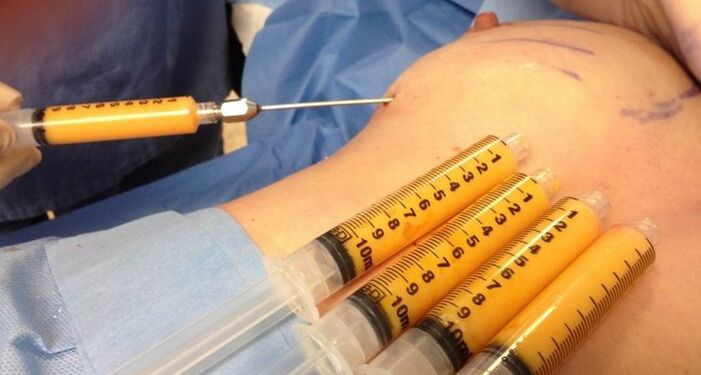
Advantages of the procedure
Lipolysis is an operation, albeit a mini. It can be performed under local or general anesthesia. The first is preferred for the patient’s cardiovascular system. Its main advantages are:
- Minimal invasiveness / trauma (compared to endoprosthesis);
- High rate of "donor" tissue survival;
- Minimal risk of allergies (compared to the introduction of fillers, even on the basis of hyaluronic acid). Allergy may be to anesthetics;
- Lack of visually recognizable scars, even thinner scars;
- Ability to "order" the shape of the breast, repeat the procedure after a few months, enlarge the bust by more than 1 size if necessary, reshape the breast if necessary;
- Restoration of congenital / acquired defect asymmetry of shapes;
- Using your own fat is permissible even when other methods are contraindicated;
- Breast augmentation after implant removal, breast surgeries. This opportunity is often used by older patients and young women when it is impossible to replace / install an endoprosthesis (for example, material allergies);
- Relatively short rehabilitation period;
- Complete naturalness of breast shapes after manipulation and natural sensations on palpation;
- An added bonus of the procedure is the rejuvenation of the tissue at the injection site of the fatty material.
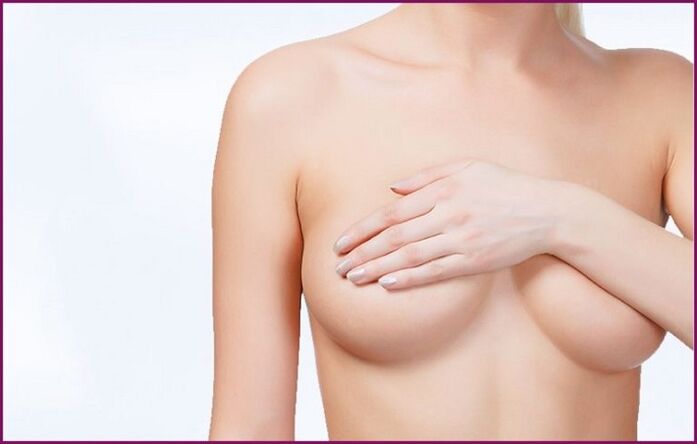
Followers of the method claim that fat transplantation gives long-term, almost continuous results. Opponents say a second procedure will be needed in a maximum of 2 years. The truth is that every organism is unique. With good tissue transplantation, the result can be maintained for 5-10 years. Provided that you do not gain or lose weight and do not get pregnant.
Correction is likely to be needed after pregnancy. But there are also known cases where in some patients the actually inserted adipose tissue is absorbed in 1. 5-2 years. And Tom returned to the previous unsatisfactory.
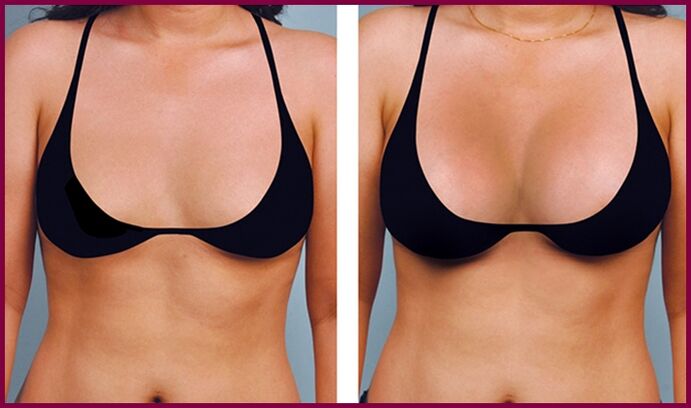
Before you decide on the procedure or skip it, evaluate the results of the bust augmentation with your own fat in the photo.
Limitations of lipofilling
Breast augmentation with your fat has many limitations and disadvantages:
- Ability to increase volume to only 0. 5-1 size per procedure (pump about 150-200 ml of fat);
- Risk of resorption of injectable fat 0. after 5-2 years;
- Difficulty of surgery for very thin women (lack of material);
- Existence of contraindications (absolute and relative);
- The possibility of death of part of the fatty material during its introduction and the development of fibrosis foci in this area, which reduces the reliability of the methods of breast examination equipment;
- A little preparation is needed before starting lipofilling (quitting smoking, drinking alcohol, taking medications that affect blood coagulation).
An additional disadvantage of the procedure is its relatively high cost. If repeated courses of fat injection are needed, it can be more expensive than endoprosthetics.
Testimonials for the procedure
Subcutaneous fat from other parts of the body to the breast is shown:
- Lack of tissue for prosthesis implantation (covering its edges with existing tissue);
- A woman’s desire to resort to endoprosthesis;
- The need for minor corrections in case of deterioration of tissues after pregnancy, breastfeeding, hormonal crisis, abrupt weight loss.
Some women practice lipofilling as a trial intervention. They look at how the breast looks, how much it should grow before the endoprosthesis decision.
When is the procedure not recommended?
Absolute contraindications include:
- With serious somatic diseases (heart disease);
- Mental disorders;
- Endocrine diseases (diabetes);
- With the growth of tumors;
- Some systemic diseases;
- Blood pathology.
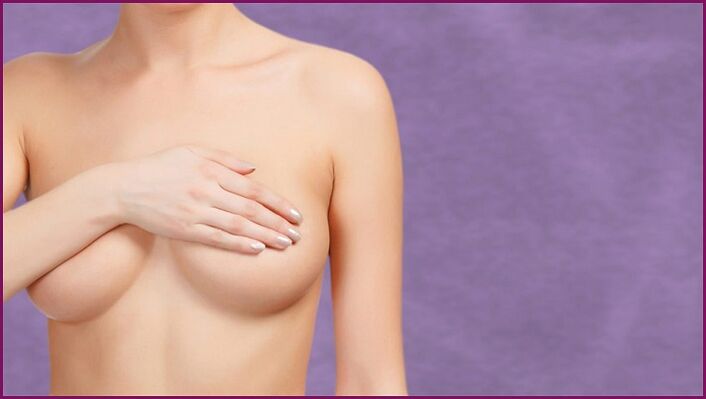
To refrain from changing shapes with your own fat for a while, you should:
- During menstrual bleeding;
- With exacerbations during chronic pathologies;
- In case of infectious disease (in its acute period);
- During pregnancy and lactation. You can return to breast augmentation 12 months after stopping breastfeeding.
Upon recovery, achieving stable menstrual remission and lipophilization becomes quite affordable for relatively healthy women. You should not enlarge your breasts this way if you are addicted to cigarettes. Smoking has a very bad effect on the durability of the result of the procedure.
Stages of lipophilization
Changing the size of the bust with the help of your fat is done in 3 steps:
- Material retrieval (liposuction);
- Cleansing from impurities (e. g. , blood);
- In fact, lipophilization or "pumping" of subcutaneous fat from the breast is removed from the problem areas with the help of vacuum suction.
The patient can safely go home a few hours after the procedure.
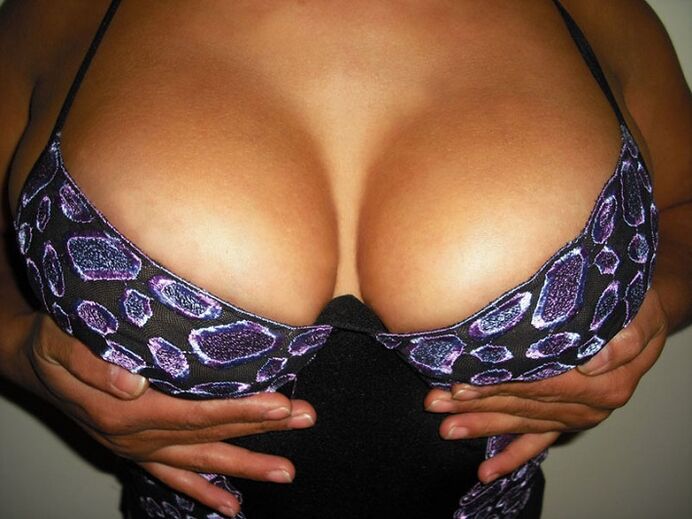
Rehabilitation
Rehabilitation period includes:
- Wear special underwear to prevent mastoptosis, then a bra with a wide strap (tissues should "adapt" to the new weight and volume of the breast);
- Restriction of physical activity;
- Avoid exposure to temperature;
- Refuse manual exposure to the chest area for 1-2 months after the procedure.
Discomfort after lipofilling can be felt for the first time in the breast area, the breast may be slightly swollen and hematomas may form in the puncture area. These events are classified as normal. They move pretty quickly on their own. The primary rehabilitation period ends in 2-4 weeks.

Until the puncture sites heal, they are treated with a local antiseptic as directed by your doctor. In six months it will be possible to fully evaluate the results of lipofilling.



























